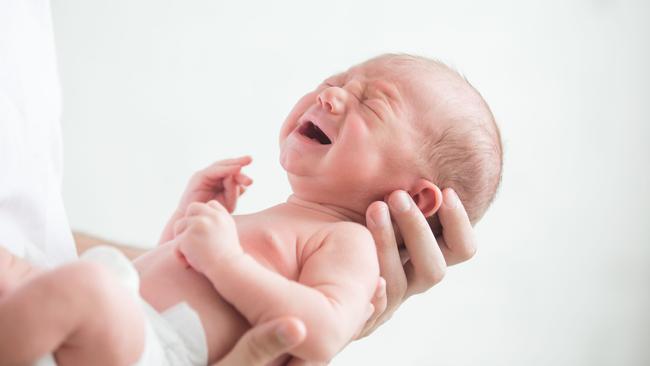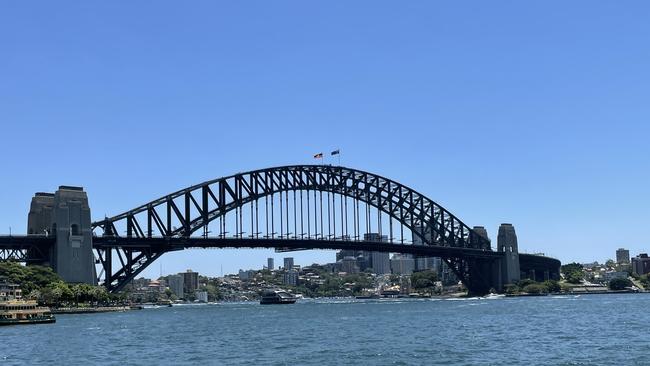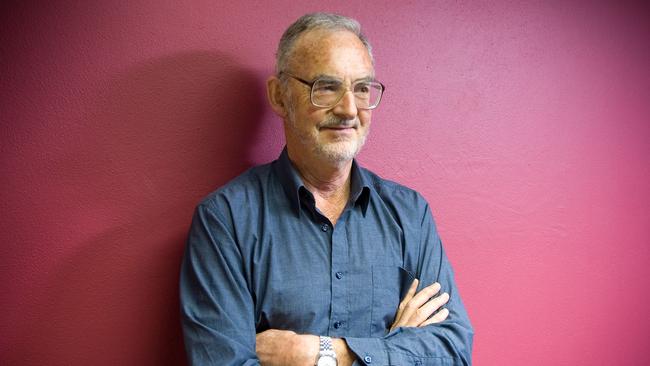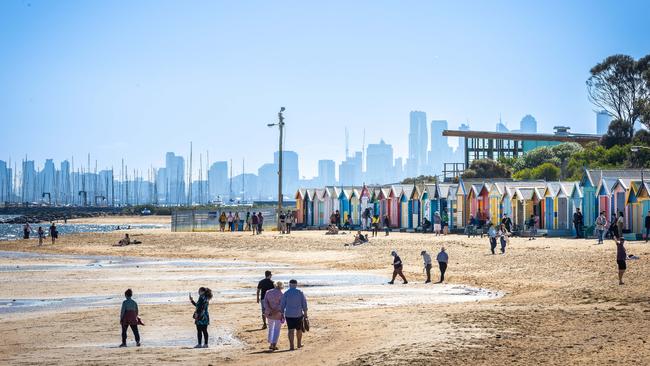Victoria’s birthrate drops as state relies on immigration to sustain population growth
Victoria is producing far fewer babies than NSW, with multiple prized Melbourne suburbs recording more deaths than births.

News
Don't miss out on the headlines from News. Followed categories will be added to My News.
Victoria is producing far fewer babies than NSW, with some prized Melbourne suburbs recording more deaths than births.
New figures show that immigration’s contribution to the state’s population growth is double that of natural increase through births.
Victorian women had 74,714 babies in the year to October 2022, compared to 98,748 in NSW, Australian Bureau of Statistics figures show.
This led to Victoria posting natural increase — births minus deaths — of only 27,262 people over the period, compared to 36,786 for NSW.

Some areas of Melbourne unusually recorded more deaths than births (negative natural increase), including bayside, eastern and south eastern suburbs.
Wheelers Hill, in the south east had 143 more deaths than births.
Next was the leafy east’s Camberwell (minus 89), then Brighton East (minus 80), Vermont South (minus 78) and Brighton (minus 52), according to the ABS report Regional Population 2021-22.
By contrast, areas with the highest number of births over deaths included outer fringe suburbs like Clyde North (793), Mickleham/Yuroke (677), Wollert (575), Tarneit Central (455) and Werribee West (421).
Australian Population Research Institute president Dr Bob Birrell said Victoria’s total fertility rate — the number of children a woman will have over a lifetime — plunged to 1.5 in 2021 and would continue falling given the latest ABS data on births.

“Fertility in Victoria is way below replacement level, which is 2.1,” he said.
“We have a society in Victoria where we can’t create conditions necessary for the state to replace itself with natural increase.”
Dr Birrell said part of the reason was that compared to Sydney, Melbourne accounted for a higher proportion of its state’s total population (76 per cent).
“In Melbourne there are lots of jobs for women, and that provides competition for motherhood,” he said.
The ABS data revealed that Bayside was the only metro municipality recording negative natural increase over the year, or minus 62.

Bayside Mayor Hanna El Mouallem said the council’s planning recognised it had a higher percentage of residents aged 85-plus, and lower population growth than the Melbourne average.
“To support our ageing population, we recently expanded our aged care services to support our valued older residents to remain living independently and safely at home,” Ms El Mouallem said.
She said Bayside was also investing in children’s centres to support younger residents and families.
In the year to October 2022, natural increase contributed 29,014 to Victoria’s population growth, less than half the contribution by net overseas migration which was 60,042.
Dr Birrell said that if fertility rates didn’t change then it was likely Victoria as a whole would experience negative natural increase.
“So we are dependent on big immigration intakes for rapid population growth in Victoria,” he said.




